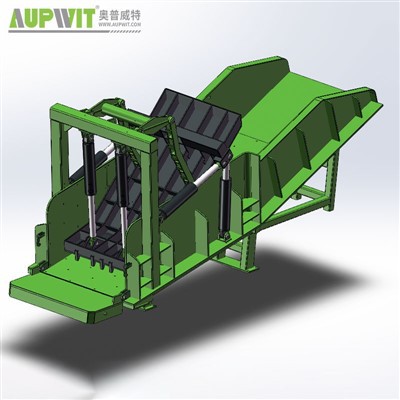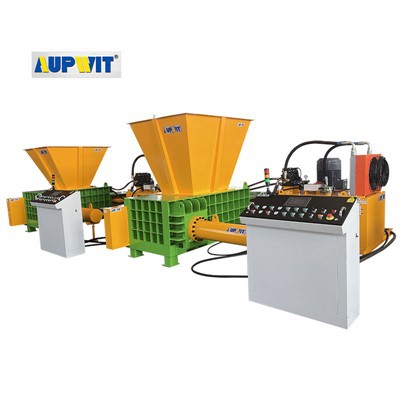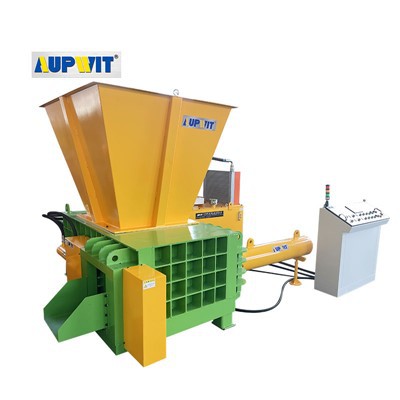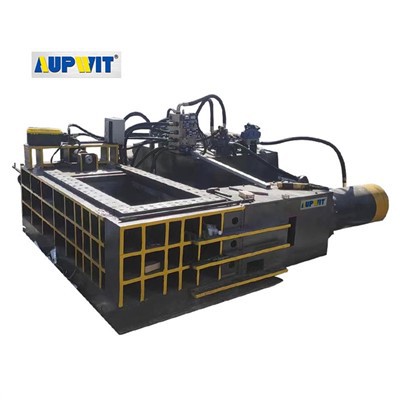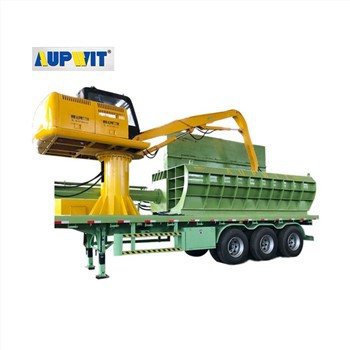Measuring Mini Baler Efficiency
Throughput Rate
First, throughput rate is critical: calculate the weight or volume of material processed per hour.
Compression Ratio
Second, compression ratio matters. This is the volume of uncompressed material versus the compacted bale.
A higher ratio (e.g., 8:1 for plastic) indicates better space reduction, lowering storage and transport costs. Weigh and measure both loose material and finished bales to compute this.
Energy Consumption
Third, energy consumption is vital. Track kilowatt-hours (kWh) used per bale or per kg of material.
Key Efficiency Metrics Summary
- Throughput Rate: Material processed per hour (kg/hr)
- Compression Ratio: Volume reduction capability
- Energy Consumption: kWh per bale or kg
- Bale Consistency: Uniformity in size/density
- Operational Uptime: Percentage of scheduled hours
- Labor Requirements: Manual intervention needed
- Maintenance Frequency: Downtime for repairs
- Bale Density: Weight per volume unit
- Cycle Time: Time per baling cycle
- Material Versatility: Range of materials processed
Bale Consistency
Fourth, bale consistency reflects reliability. Efficient balers produce uniform bales in size and density, reducing handling issues.
Check if 90% of bales fall within a 5% range of target weight/size.
Operational Uptime
Fifth, downtime impacts efficiency. Calculate operational uptime by dividing active working hours by total scheduled hours.
Labor Requirements
Finally, labor requirements matter. Efficient models need less manual intervention—e.g., automated feeding or binding reduces operator time, boosting overall productivity.


